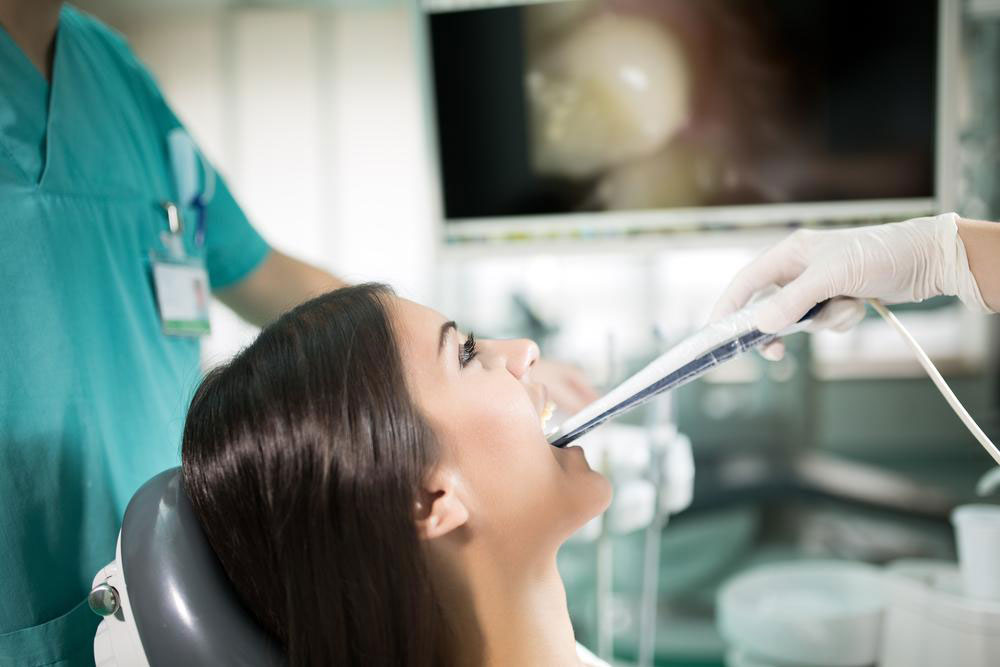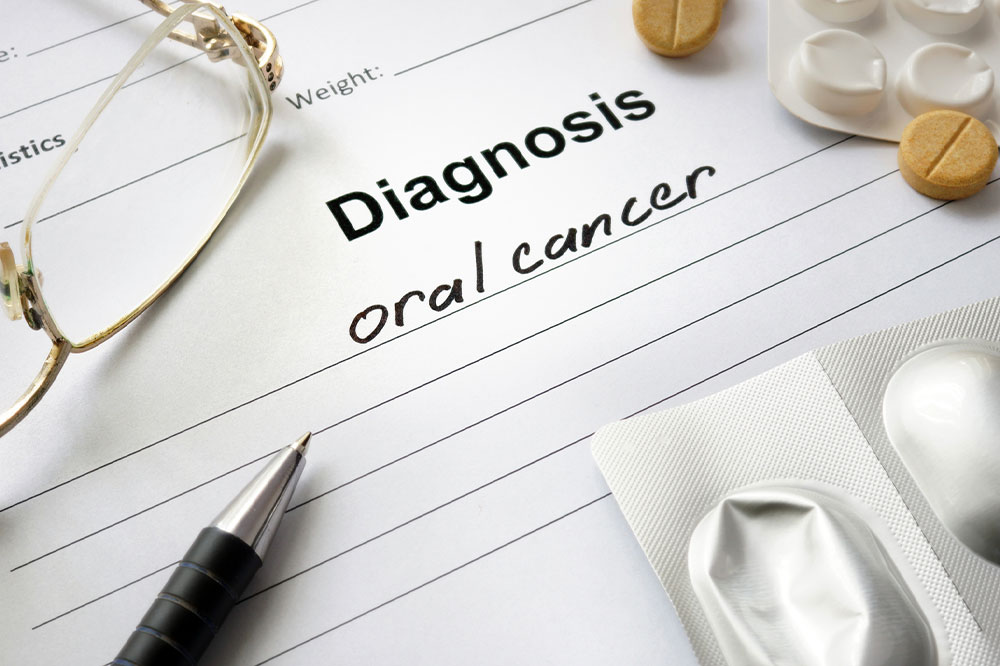Comprehensive Guide to Oral Cancer: Understanding Its Stages and Treatment Options
This comprehensive article delves into oral cancer, exploring its stages, early signs, diagnostic procedures, and various treatment options. Emphasizing the importance of early detection, the article provides valuable insights into how timely intervention can drastically improve survival rates and quality of life. It covers surgical procedures, radiation therapy, chemotherapy, and targeted treatments, highlighting advances in cancer management. Ideal for patients and caregivers, this guide underscores the significance of regular dental exams and awareness of risk factors in preventing and effectively treating oral cancer.

An In-Depth Look at Oral Cancer: From Early Signs to Advanced Treatments
Oral cancer, also referred to as mouth or oropharyngeal cancer, represents a serious health condition characterized by abnormal growth of cells within the oral cavity. This disease can develop in various regions of the mouth, including the tongue tip, lips, gums, inner cheeks, tonsils, salivary glands, palate, or at the base of the mouth. Initially, oral cancer often starts at a single site but can spread to neighboring tissues, lymph nodes, and even distant parts of the body if left untreated. Recognizing the risk factors, early symptoms, and understanding the diagnostic and treatment options are crucial for effective management and improved prognosis.
Most cases of oral cancer are diagnosed in individuals over the age of 40, with a higher prevalence among men. Several risk factors contribute to the development of this disease, with tobacco use and alcohol consumption being the most significant. Additionally, a family history of cancer and exposure to certain environmental factors can increase susceptibility. Early detection is vital because initial signs are often subtle, making routine dental check-ups an essential part of preventive healthcare.
Recognizing the Early Signs
Detecting oral cancer in its early stages can be challenging since symptoms may resemble benign oral conditions. However, there are some warning signs to watch for, including persistent red or white patches, unexplained ulcers or sores that do not heal, lumps or thickening in the oral tissues, ongoing pain, or sore throats. Symptoms like difficulty swallowing, a numb sensation, or a noticeable white or red lesion should prompt immediate medical evaluation. Regular dental visits allow for early detection, as dentists are trained to identify suspicious lesions that may warrant further investigation.
Diagnostic Procedures for Oral Cancer
Confirming an oral cancer diagnosis involves a combination of clinical examinations and advanced imaging techniques. Dentists or oncologists may perform endoscopy to closely inspect the oral cavity and take biopsy samples for histopathological analysis. Imaging modalities such as X-rays, computed tomography (CT) scans, magnetic resonance imaging (MRI), and positron emission tomography (PET) scans are vital in assessing the extent of tumor invasion, lymph node involvement, and distant metastasis. Accurate staging is essential for formulating an effective treatment plan.
Staging provides an estimate of cancer spread:
Stage I: The tumor is small, superficial, measuring less than an inch, with no involvement of lymph nodes.
Stage II: The tumor enlarges to 1-2 inches without affecting nearby lymph nodes.
Stage III: The tumor exceeds 2 inches and may involve nearby lymph nodes, but without distant metastasis.
Stage IV: The cancer has spread to other parts of the mouth, regional lymph nodes, or distant organs such as lungs or liver.
Treatment Strategies for Oral Cancer
Effective management of oral cancer often requires a multidisciplinary approach involving surgery, radiation therapy, chemotherapy, targeted therapy, or a combination of these modalities. The specific treatment depends on the tumor stage, location, patient's overall health, and personal preferences.
Surgical intervention typically involves removing the tumor along with some surrounding healthy tissue to ensure complete excision. For early-stage tumors, less invasive surgeries may suffice, preserving maximum oral function. More advanced cases may necessitate extensive procedures, such as partial removal of the jawbone or tongue, followed by reconstructive surgeries to restore appearance and function.
Radiation therapy uses high-energy X-ray beams to target and destroy cancer cells. This modality can be effective in early stages or post-surgery to eradicate residual disease. While radiation is precise, it can cause side effects like sores in the mouth, dryness, skin irritation, and difficulty swallowing, which require supportive care.
Chemotherapy involves using anti-cancer drugs to kill or inhibit the growth of cancer cells. It is often combined with radiation (chemoradiotherapy) to improve treatment efficacy. Patients may experience side effects such as fatigue, nausea, hair loss, immune suppression, and mouth sores. Managing these side effects is an integral part of the treatment process.
Emerging targeted therapies, including monoclonal antibodies like cetuximab, are designed to attack specific molecular features of cancer cells. These therapies are often used in combination with traditional treatments to improve outcomes, especially in advanced or recurrent cases. They offer a promising avenue for more personalized and less toxic treatment options.
Prognosis varies depending on the stage at detection. Early diagnosis significantly improves survival rates and quality of life. Therefore, public awareness, regular dental screenings, and prompt medical attention for suspicious oral lesions are essential for combating this potentially deadly disease.
In conclusion, understanding the various stages of oral cancer and the available treatment options is crucial for patients, healthcare providers, and caregivers. Early detection and tailored treatment approaches greatly enhance the chance of successful outcomes, emphasizing the importance of preventive measures and routine check-ups.





